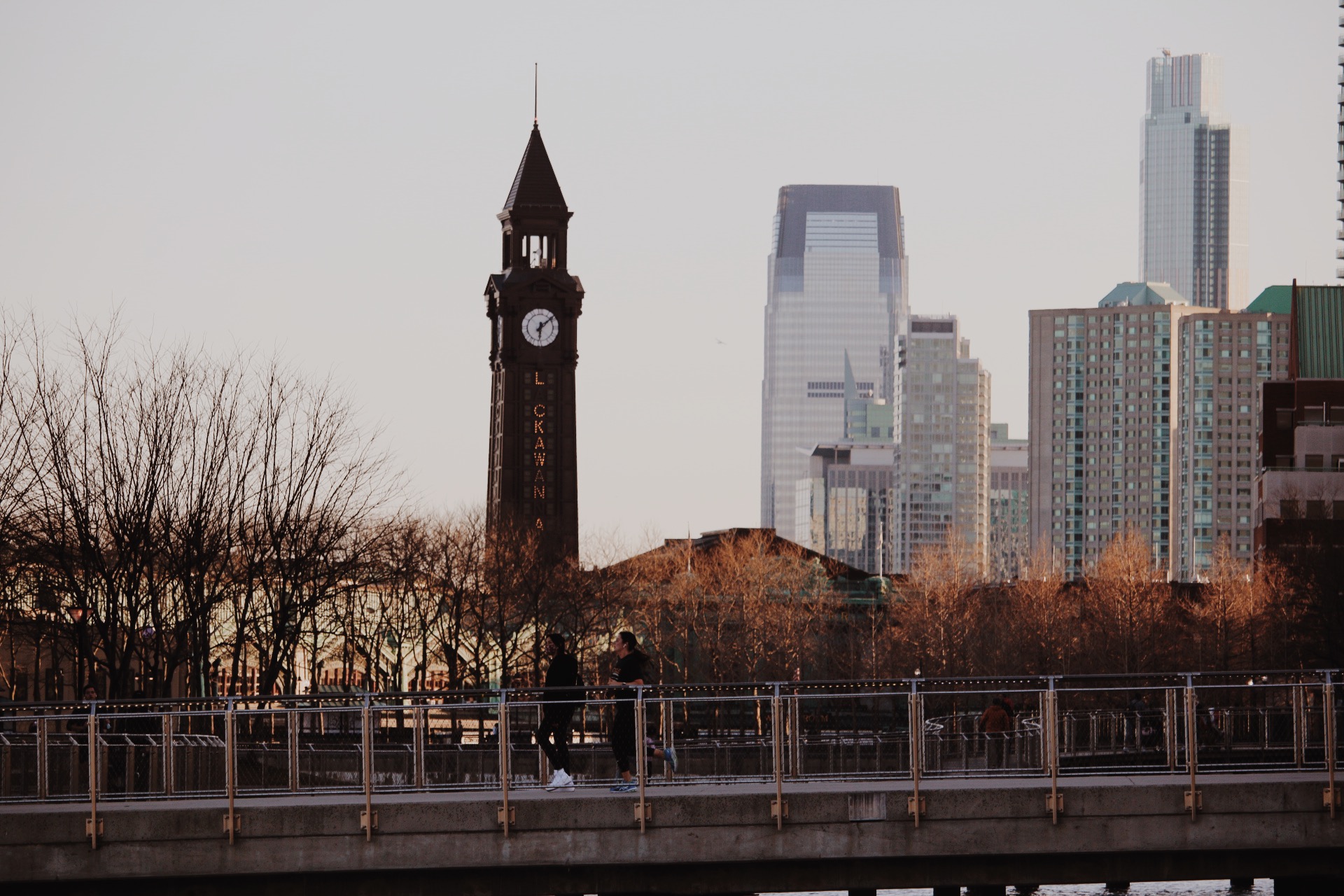On March 29, Hoboken will celebrate the 167th anniversary of its establishment as an independent municipality in 1855, but the city’s rich history stretches back even further.
Prior to European arrival, the area that now contains the city of Hoboken was seasonally inhabited by the Leni Lenape Indians, who referred to the area as “Hopoghan Hackingh.” Translating to “Land of the Tobacco Pipe,” the name referred to the green soapstone from which the Lenape furnished their smoking pipes. The Lenape hunted, farmed, and fished in the greater area extending from the Delaware River to the Hudson River, a region called Lenapehoking.
The first European to lay eyes on the bay surrounding Manhattan Island was likely Giovanni da Verrazzano, an Italian explorer who was searching for a route to Asia. He was followed by Henry Hudson, whose navigator mentioned the area as they voyaged up the explorer’s namesake river in 1609.
The Dutch West India Company first colonized Manhattan and some surrounding areas in the mid-17th century. The subsequent inhabitants of New Netherland called the coast across the Hudson River “Hoebuck,” or “high bluff,” referring to the rocky heights that today include Castle Point. Peter Stuyvesant, director-general of New Netherland, made a famous purchase of land from the Lenape in 1658, extending the southern limit of New Netherland from Manhattan to the Hackensack River. Stuyvesant was the last director-general of the colony, which was subsequently ceded to the British in 1664 and partitioned into the English colonies of New Jersey and New York. Around this time, Europeans referred to the Hoboken area as “Hobuk,” which likely derives from the original Lenape “Hopoghan.”
Englishman Samuel Bayard purchased Hobuk in 1711. The property remained in his family until the time of his grandson, William Bayard. William’s strongly Loyalist disposition resulted in the raiding and burning of the estate multiple times during the Revolution. He also fell out of favor with the Patriot government of New Jersey, which confiscated his property after the War and sold it at auction. Colonel John Stevens of the Continental Army purchased Hobuk in 1784 for 18,360 pounds of sterling, and he decided to rename the land “Hoboken.”
The long legacy of the Stevens family in Hoboken began with the Colonel’s development of the property, which was still largely wilderness. He built the River Walk along the water, a mineral water spa called Sybil’s Cave (the ruins of which remain a local point of interest for many locals today), a garden called the Elysian Fields, a tavern, and a hotel. The attractions caught the attention of contemporary Manhattan socialites, and Hoboken became a popular weekend destination. Stevens created the first regular steam ferry service in the United States to help shuttle thousands of visitors between Hoboken and Manhattan.
Stevens also established the Hoboken Land and Improvement Company, which managed the city through its primary period of development in the 19th century and is responsible for Hoboken’s grid layout and scattered parks. A true Renaissance man, Stevens also made a name for himself in horticulture and engineering, receiving one of the country’s first patents, which was for a steam engine.
The talent seems to have run in the family. Colonel Stevens had 13 children in total. His son Edwin Augustus Stevens, an engineer and entrepreneur, left a bequest that was used to establish the Stevens Institute of Technology, which was the first college of mechanical engineering in the U.S. Another son, Robert Livingston Stevens, designed the T-shaped rail—a design which would spread all over the country—and established the nation’s first yacht club. He also designed a racing yacht for his brother John Cox Stevens, named America. America’s victory in a series of races near the Isle of Wight led to the creation of the America’s Cup sailing competition.
Hoboken became an incorporated municipality after an act of the New Jersey Legislature was approved in a referendum on March 29, 1855. Soon after its incorporation, the city’s population began to grow exponentially. A huge influx of German immigrants caused Hoboken to be primarily German-speaking by the early 20th century. After the outbreak of the First World War, fierce anti-German sentiment drove many Germans out of the area, and Hoboken, like nearby cities, instead became known for its large Italian-American population. After the American entry into the War, Hoboken became the primary sendoff point for American soldiers sailing to Europe. They were told to hope for “Hell, heaven, or Hoboken,” by Christmas.
Hoboken’s location turned it into a major seaport and rail transportation center for a number of decades, acquiring a vast manufacturing base and exploding economy. However, the city suffered from the dramatic industrial decline experienced by many cities in the 1960s and 70s. The waterfront, already infamous for its crime, fell into disrepair, and the city fell into despondency. Like other areas in New Jersey and New York, however, Hoboken diversified and reversed its decline by the late 20th and early 21st centuries, especially following a major waterfront renovation in the 1990s.
There are many more stories well-known to Hoboken locals. The first modern game of baseball, America’s pastime, was played in 1846 between the New York Nine and the Knickerbockers (the Knickerbockers lost so badly that they left the game early to get drinks at a tavern). Frank Sinatra was born here, which at least one restaurant and park proudly reference in their names. The legendary 1954 film On the Waterfront, which is about the widespread corruption on the Hoboken waterfront that was detailed in a series of articles for The New York Sun, almost starred Sinatra in place of Marlon Brando.
In recent years, Hoboken’s historic 19th century structures, quaint size, local charm, and proximity to New York City have attracted numerous young workers, artists, and students, helping to transform the city into an upscale community. Given its fantastic history and vibrant present, it’s no wonder that so many residents are eager to see what this city will do in the future.

Be First to Comment